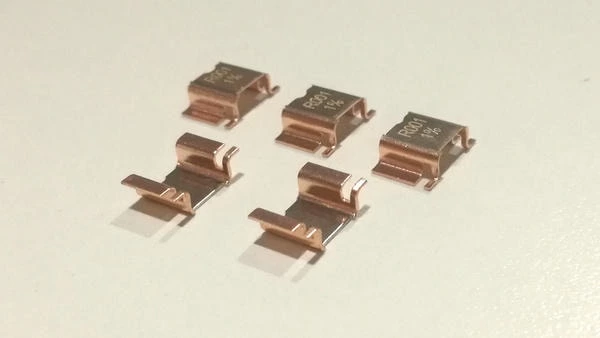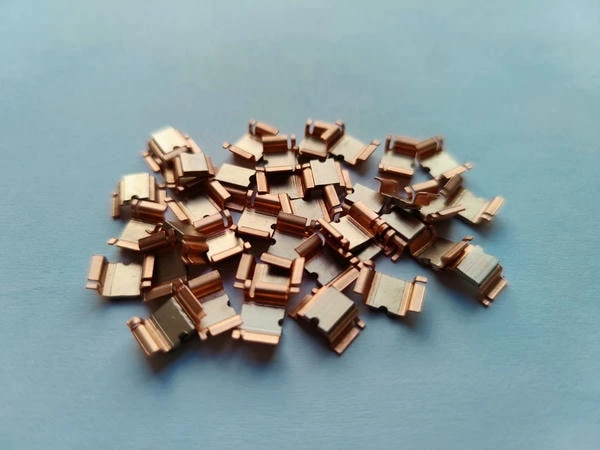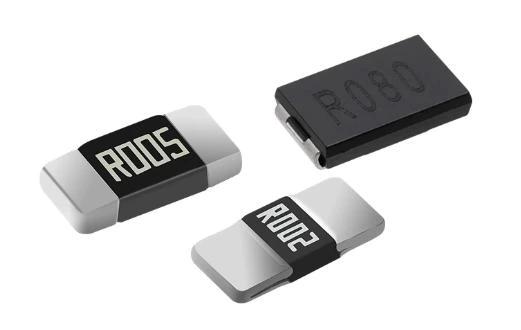Innovative Application: New Role Of Current Sensing Resistors In Internet Of Things And Smart Grids

Current sensing resistors (also known as shunt resistors) have emerged as indispensable components for IoT current sensing and smart grid sensors, delivering high-precision current measurement and reliable energy monitoring. As the Internet of Things (IoT) proliferates and power networks evolve into advanced smart grids, selecting the right current sensing solution becomes critical for system accuracy, efficiency, and safety.
Understanding Current Sensing Resistors
1.What Are Current Sensing Resistors?
Current sensing resistors—often specified as low-ohm current sense resistors—convert current flow into a proportional voltage drop. Engineers choose between surface-mount current sensing resistors (SMD) and through-hole variants based on PCB layout constraints and power dissipation requirements.
2.Key Performance Parameters
-
Resistance Value (mΩ Range): Typical values range from 0.1 mΩ to 100 mΩ, balancing sensitivity and power loss.
-
Power Rating: From 0.1 W up to 5 W or higher, depending on application.
-
Tolerance & Stability: ±0.5%–1% tolerance with low temperature coefficient for high-precision shunt resistor applications.
-
Thermal Drift: Crucial for maintaining accuracy in harsh environments, especially in outdoor smart grid installations.
Applications in IoT Devices
1.High Precision Current Sensing Resistor in IoT Sensors
In battery-powered IoT nodes, minimizing power loss is paramount. Best current sensing resistor for IoT applications typically features ultra-low resistance (< 5 mΩ) and compact SMD footprint, reducing insertion loss while ensuring precise consumption monitoring.
2.Power Management in Industrial IoT
For industrial gateways, robust current measurement helps prevent overloads and optimize energy efficiency. Using a low-ohm shunt resistor for smart grid monitoring allows seamless integration with power management ICs and overcurrent protection schemes.

Enhancing Smart Grids with Low-Ohm Current Sense Resistors
1.Grid-Scale Energy Sensing
Smart grids demand scalable, reliable sensors to balance generation and consumption. Current measurement in smart grid networks relies on:
- High-Power Shunts: Through-hole resistors (e.g., 10 mΩ, 5 W) for feeders carrying hundreds of amps.
- Distributed Sensing Nodes: SMD variants with integrated thermal management for pole-top or underground substations.
2.Overload Protection and Safety
“Smart grid overload protection resistors” placed at critical nodes detect fault currents within microseconds, triggering circuit breakers and preventing equipment damage.
Key Technologies Supporting Current Measurement
1.Differential Amplifiers for Current Sensing
Amplifier modules boost the millivolt-level voltage across the shunt to levels compatible with ADC inputs, enhancing resolution without adding significant offset or noise.
2.ADC Selection and Calibration
-
High-Resolution ADCs (16–24 bit): Essential for sub-1 mA detection in low-power IoT devices.
-
Calibration Techniques: Offset and gain calibration compensate for resistor tolerance and amplifier drift.
3.PCB Layout for High-Current Sensing
Optimized trace width, Kelvin connections, and thermal vias ensure minimal parasitic resistance and stable temperature performance, critical for surface-mount current sensing resistor IoT applications.

Implementation Best Practices
Choose the Right Resistance Value: Balance sensitivity (higher resistance) and power loss (lower resistance).
Ensure Thermal Stability: Select resistors with low temperature coefficient (< 50 ppm/°C) for outdoor or high-temperature environments.
Use Kelvin Traces: Four-terminal shunts reduce errors from PCB trace resistance.
Integrate Protective Components: Add surge suppressors or TVS diodes to guard against voltage spikes.
Follow Calibration Protocols: Perform end-of-line calibration to correct for component tolerances.
FAQ
Q1: How to choose the best current sensing resistor for IoT applications?
A: Prioritize ultra-low resistance (1–5 mΩ), compact SMD format, and low power rating (≤ 1 W) to minimize power loss while maintaining accuracy in battery-powered nodes.
Q2: Why are low-ohm shunt resistors critical for smart grid monitoring?
A: They provide precise voltage drop signals with minimal insertion loss, enabling real-time fault detection and load balancing across high-current feeders.
Q3: What role do differential amplifiers play in current sensing?
A: They amplify the small voltage across the shunt resistor to match the ADC input range, improving measurement resolution without introducing significant noise.
Q4: Can I use through-hole shunt resistors in pole-top substations?
A: Yes, through-hole variants with higher power ratings (≥ 5 W) and robust thermal management are ideal for high-current, high-voltage grid applications.
Q5: How do I reduce measurement errors from PCB traces?
A: Implement four-terminal (Kelvin) connections and use wide, short traces with thermal vias to maintain consistent temperature and low parasitic resistance.
Epilogue
In conclusion, current sensing resistors lie at the very heart of tomorrow’s connected power landscape: from ultra-low-ohm shunts that extend IoT device battery life to high-power through-hole resistors safeguarding smart grid feeders. By choosing components with the right resistance value, power rating and thermal stability—and by pairing them with precision differential amplifiers, high-resolution ADCs and proper PCB layout—engineers can achieve the sub-1% accuracy and rapid fault detection today’s energy- and data-driven applications demand. Whether you’re designing a home energy monitor, an industrial IoT gateway or a large-scale grid sensor network, investing in high-quality current sensing resistors will not only optimize efficiency and reliability, but also pave the way for smarter, more resilient power systems.